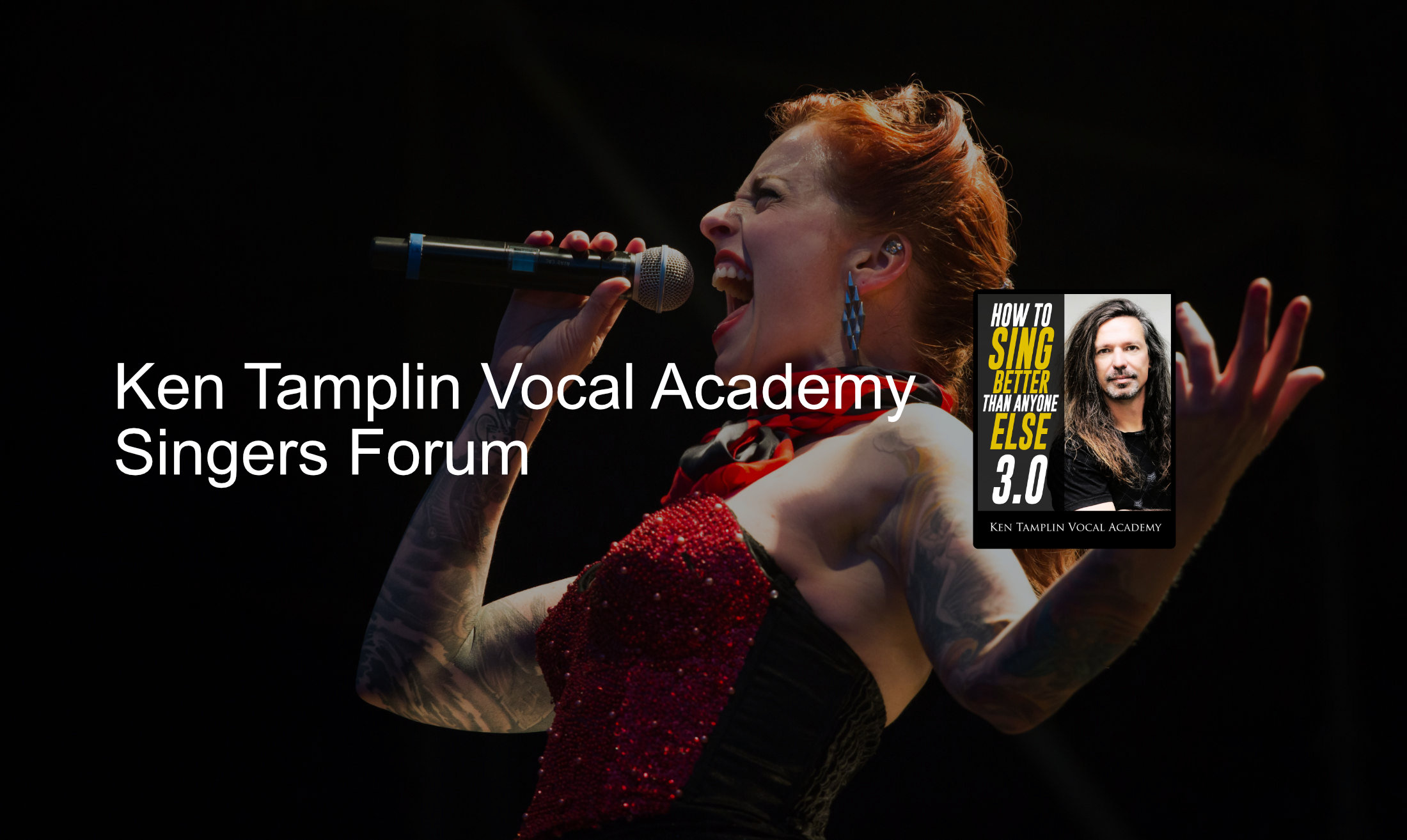Approaches of Ken Tamplin vs. Robert Lunte with Going through the 2. Passagio
 PianoplayerSinger
2.0 PRO Posts: 4
PianoplayerSinger
2.0 PRO Posts: 4
Hi everybody, first of all I´m a great fan of Ken and purchased 1 week ago his course.
I`m making my living as a pro piano-player/singer here in Germany. I had 20 years problems with bridging my 2. passagio.
For this reason I took a few lessons with Robert Lunte which "Crying-Mode"(Twang) helped me a lot. He might not be as good as a singer as Ken, but his advice in bridging was helpful for me personally. Now I go through Ken`s course, I like his emphasis on diaphragmatic breathing and vocal placement, but I´m confused that he doesn´t mention any bridging technique, that reminds me of Robert`s approach. Or maybe he does in a different way? Does anyway have similar thoughts? Thanks......
I`m making my living as a pro piano-player/singer here in Germany. I had 20 years problems with bridging my 2. passagio.
For this reason I took a few lessons with Robert Lunte which "Crying-Mode"(Twang) helped me a lot. He might not be as good as a singer as Ken, but his advice in bridging was helpful for me personally. Now I go through Ken`s course, I like his emphasis on diaphragmatic breathing and vocal placement, but I´m confused that he doesn´t mention any bridging technique, that reminds me of Robert`s approach. Or maybe he does in a different way? Does anyway have similar thoughts? Thanks......


Comments
The way Ken teaches bridging is the most effective, safe, and healthy way. The choice of whose method you use is ultimately up to you, but Ken has spent decades researching all the methods out there, and everything in his course is the result of that research.
I need to just remind you of the Terms of Use of these forums, specifically that we only discuss Ken's methods here, so that the information here is consistent and clear.
If you're a student, you can ask for access to the student areas using the instructions here:
https://forum.kentamplinvocalacademy.com/categories/new-students-please-read-this
These areas are only open to people who have purchased the course. That is where we discuss the details of the course material.
Ken's approach to bridging forms a major part of the course, and he explains it in the Volume 1 lessons. We train it right from the start of the course. Take your time and watch all the Volume 1 lessons several times, as well as reading the PDF that comes with Volume 1. Get your student access and take a look at the many discussions here. You can ask if anything is unclear. Enjoy the course.